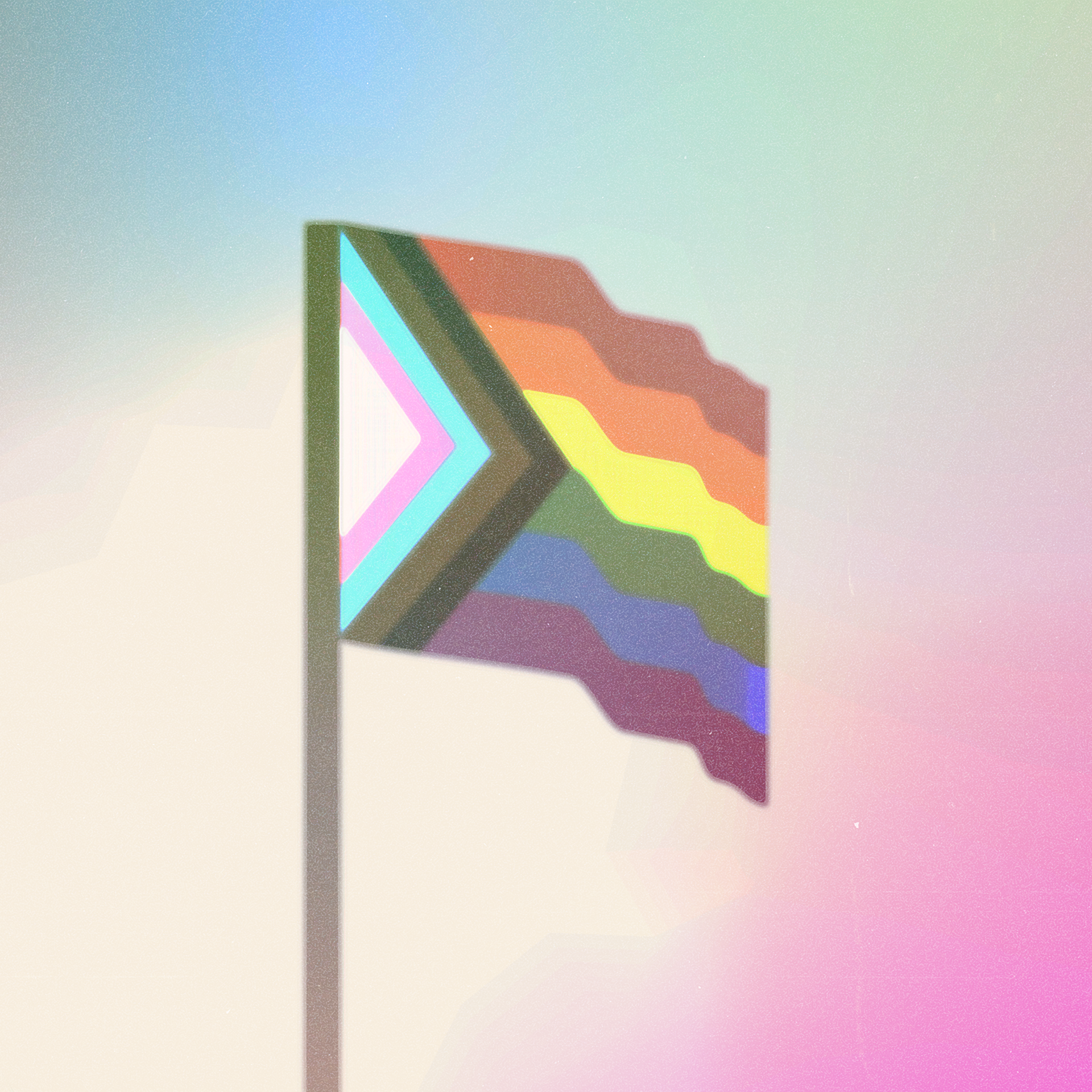Pride Month
Pride is a month-long celebration of LGBTQ+ identity.

Pride is a month-long celebration of LGBTQ+ identity.
Nathaniel Glanzman
Reviewer URLDate: June
Pride is a month-long celebration of LGBTQ+ identity.
Origin
Pride commemorates the 1969 Stonewall uprising. On June 28, 1969, the New York Police Department (NYPD) raided the Stonewall Inn, a bar in Greenwich Village in Manhattan, New York City.
The Stonewall Inn was one of the most popular LGBTQ+ bars in Manhattan at the time. Four days before, on June 24th, the NYPD raided the bar, arresting patrons and employees. The police returned at midnight on the 28th, intending to arrest more patrons and employees. The police arrested a woman dressed in masculine clothing (some think it may have been the activist Stormé DeLaverie). The woman recounted the police’s rough treatment of patrons, and the bar patrons began to defend themselves against the police.
Many now-famous gay activists were present at the Stonewall Uprising, including Marsha P. Johnson and Sylvia Rivera. Johnson and Rivera are often credited with throwing the first brick at Stonewall, but Johnson has gone on the record to say she did not. Stormé DeLaverie claims to have thrown the first punch. No matter who did, it is clear Black women and other women of color, both cis and trans, were vital to the events of the Stonewall uprising.
The uprising ended sometime around 4 a.m. on June 28th. The next night, the gay community gathered at the open-but-damaged Stonewall Inn, leading to six full days and nights of protests. The protests were not only against the police’s actions, but for LGBTQ+ rights more broadly. Stonewall Inn, which is now a national monument, became a place for the gay community to gather and spread information about the gay rights movement, which was part of the broader civil rights movement happening throughout the 60s.
Throughout the 1960s, the NYPD, FBI and police departments around the United States raided, surveilled and harassed gay communities. Anti-gay laws were widespread across the United States. The FBI went so far as to attempt to compile a list of all homosexuals in the United States as part of their efforts to force “homosexuals from every institution of government, higher learning and law enforcement in the nation.”
The events at Stonewall were wildly important to the gay rights movement in the United States. In 1970, gay activists organized a parade and march on Christopher Street to commemorate the Stonewall rebellion. This prompted similar parades in cities across the United States and the globe.
Pride is now a worldwide celebration of LGBTQ+ pride and the ongoing fight for equal rights for LGBTQ+ people.
Traditions
Pride is celebrated in a variety of ways. It is a festive holiday, marked with parties and parades. It is also an activist holiday, with many of those same parades serving dual purposes as celebratory events and demands for equal rights. Pride parades are held in many major cities around the world, including New York, Chicago, Madrid, Taipei and more.
Nonprofits and educational institutions may hold teach-ins, workshops or other informative activities about LGBTQ+ rights or history. Activist groups may engage in actions during Pride to bring light to LGBTQ+ issues.
Pride is a time to celebrate, but it is also a time to get informed about the history of queer life in the United States and around the globe. Read books like The Deviant’s War: The Homosexual vs. the United States of America by Erik Cervini or Jane Crow: The Life of Pauli Murray by Rosalind Rosenberg to learn about pre-Stonewall America. Or grab Black. Queer. Southern. Woman.: An Oral History by E. Patrick Johnson or Speak Now: Marriage Equality on Trial by Kenji Yoshino for a look at post-1969 queer America.
What to say
“Happy Pride!” is the traditional greeting for Pride month.